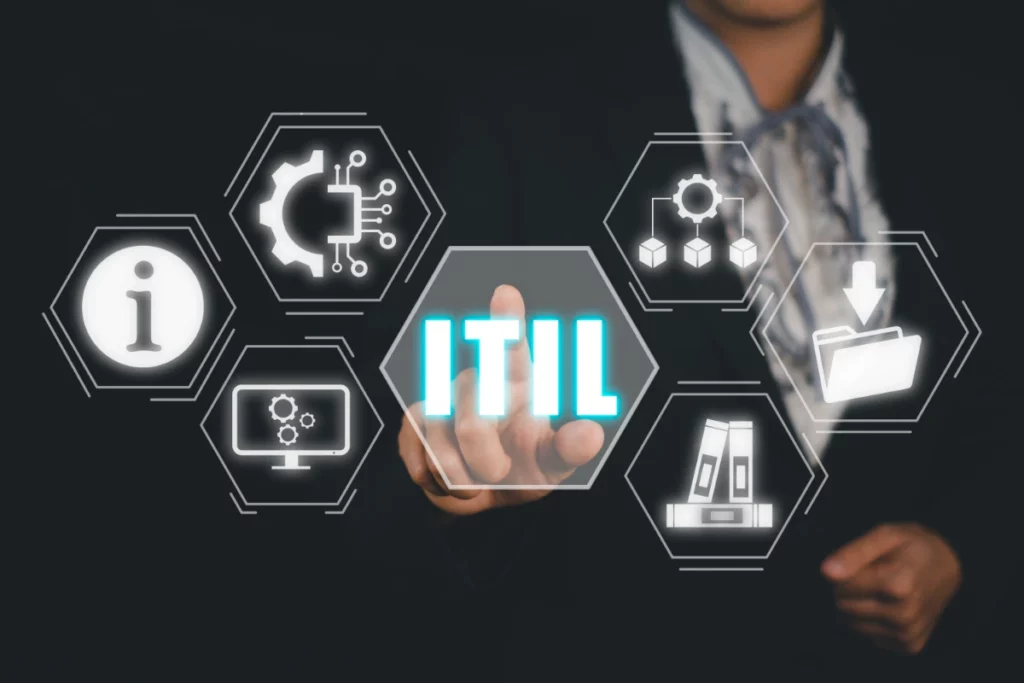Table of Contents
ToggleThe Information Technology Infrastructure Library (ITIL) is a globally recognized framework for IT service management (ITSM) that has transformed how organizations manage and deliver IT services. Developed by AXELOS and supported by training providers like PeopleCert, ITIL offers best practices to improve service efficiency, align IT with business goals, and ensure continual improvement.
In this blog, we will explore how ITIL can improve IT service management by discussing its key concepts, benefits, and practical applications. We will also look at why so many organizations have adopted ITIL to streamline their IT operations and enhance service delivery.
What is ITIL? A Quick Overview
Before we delve into the improvements ITIL brings to IT service management, let’s briefly understand what is ITIL.
What is ITIL?
ITIL is a framework for managing IT services to ensure they are delivered in a way that aligns with business needs. Originating in the 1980s and evolving over time, the latest version, ITIL 4, introduces updated practices and concepts to keep pace with modern technology landscapes. ITIL emphasizes a holistic approach to ITSM, focusing on value creation, customer experience, and continual improvement.
The ITIL Framework: Key Components

The ITIL framework comprises several core components that drive its effectiveness in improving ITSM. Here are some essential elements of ITIL 4:
1. The ITIL Service Value System (SVS)
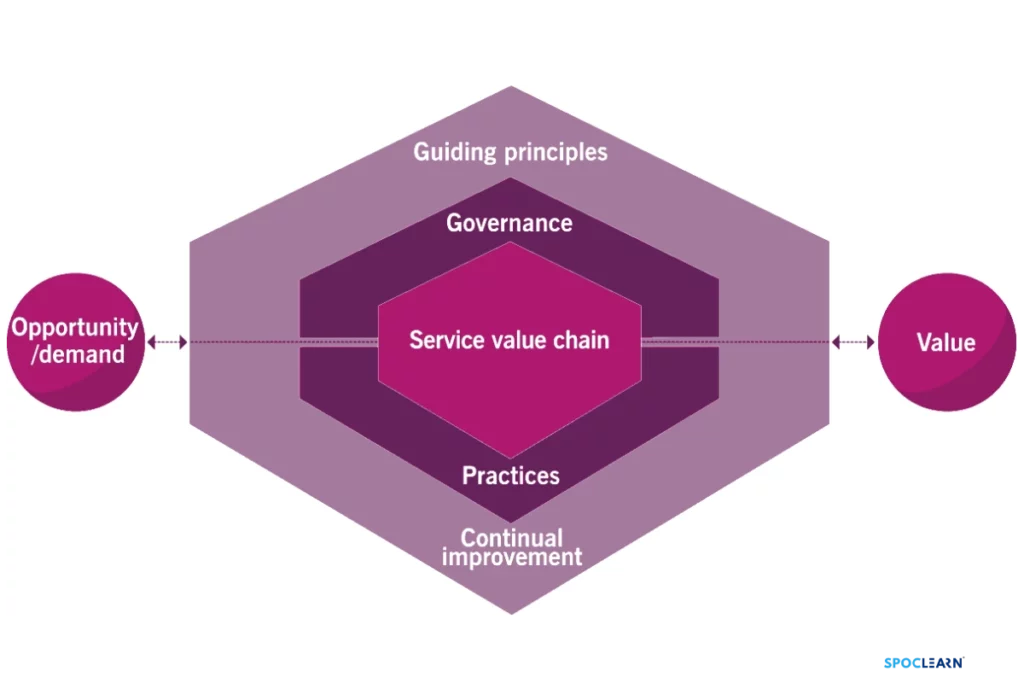
The SVS represents how all the components of an organization interact to create value. It consists of the following key elements:
- Guiding Principles: Help shape decisions and actions across the organization.
- Governance: Ensures alignment with organizational goals.
- Service Value Chain: A model for delivering value through specific activities.
- Continual Improvement: A structured approach to enhancing services over time.
2. ITIL Management Practices
ITIL 4 defines 34 management practices that cover a wide range of IT activities. Some of the most common ones include:
- Incident Management: Addressing unplanned interruptions to IT services.
- Problem Management: Identifying and resolving the root cause of incidents.
- Change Control: Managing changes to minimize disruption.
- Service Request Management: Handling user requests for new services or information.
These practices enable organizations to address IT challenges systematically and efficiently.
How ITIL Improves IT Service Management?
Let’s explore the specific ways in which ITIL can enhance IT service management within an organization:
1. Enhancing Service Quality
ITIL focuses on delivering consistent, high-quality services by standardizing processes and practices. When IT services are reliable and efficient, they contribute to better customer satisfaction and support the overall goals of the organization. ITIL’s structured approach also ensures that services meet specific quality standards, reducing the chances of errors and service disruptions.
2. Streamlining Processes for Efficiency
One of ITIL’s main objectives is to eliminate inefficiencies in IT processes. By providing a well-defined framework, ITIL helps organizations streamline workflows and reduce redundancies. Practices such as Change Control and Incident Management are designed to prevent bottlenecks and ensure swift responses to issues. This streamlining saves time, reduces costs, and enhances productivity.
3. Improving Risk Management
ITIL’s structured approach to risk management is essential for identifying, assessing, and mitigating risks associated with IT services. With practices like Problem Management and Change Control, ITIL helps organizations proactively address potential risks before they impact service delivery. This proactive stance improves service reliability and protects the organization from costly disruptions.
4. Aligning IT with Business Objectives
ITIL ensures that IT services align with business goals, which is vital for delivering value. By focusing on value creation, ITIL helps IT teams understand how their work supports the organization’s overall objectives. This alignment fosters better collaboration between IT and other departments, ensuring that IT services contribute to the business’s success.
5. Supporting Continual Improvement
Continual improvement is a core principle of ITIL, which encourages organizations to consistently evaluate and improve their services. The continuous improvement model provides a structured process for identifying improvement opportunities, implementing changes, and measuring results. This cycle helps organizations stay agile and adapt to evolving business needs and technological advancements.
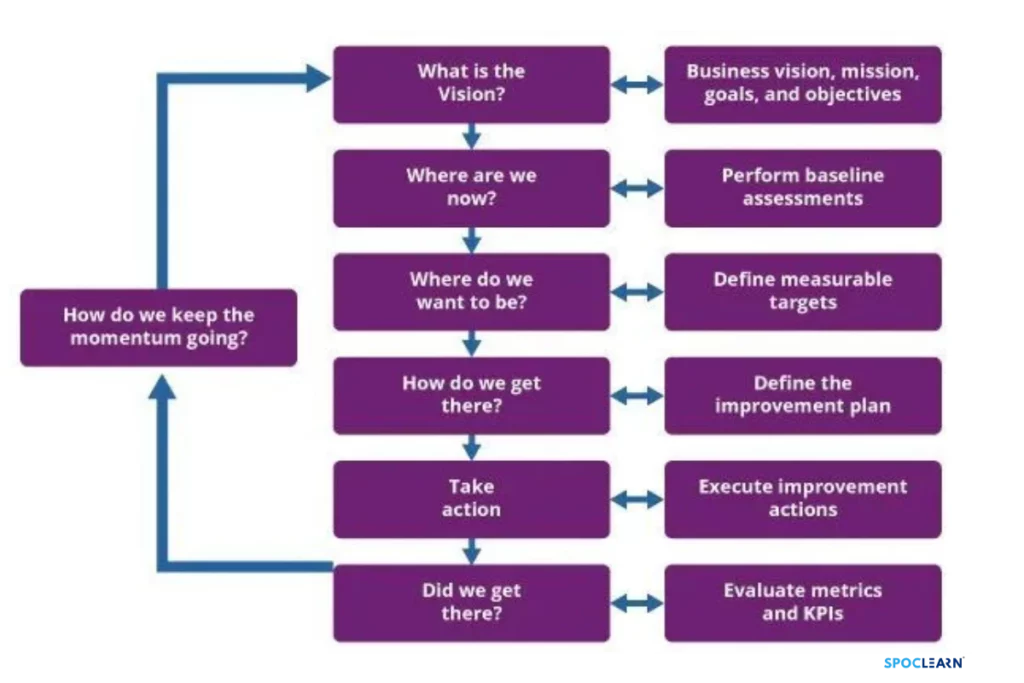
6. Enhancing Customer Experience
With its focus on value creation and customer-centric service delivery, ITIL helps organizations improve customer satisfaction. ITIL practices such as Service Request Management and Incident Management ensure that customer needs are met quickly and effectively. This customer-oriented approach strengthens relationships and builds trust with clients.
Practical Applications of ITIL in IT Service Management
1. Incident Management in Action
In an organization using ITIL, when an incident occurs, a well-defined Incident Management process is followed. IT teams can quickly classify, prioritize, and respond to incidents based on their impact and urgency. This approach minimizes downtime, reduces customer inconvenience, and helps restore normal service as quickly as possible.
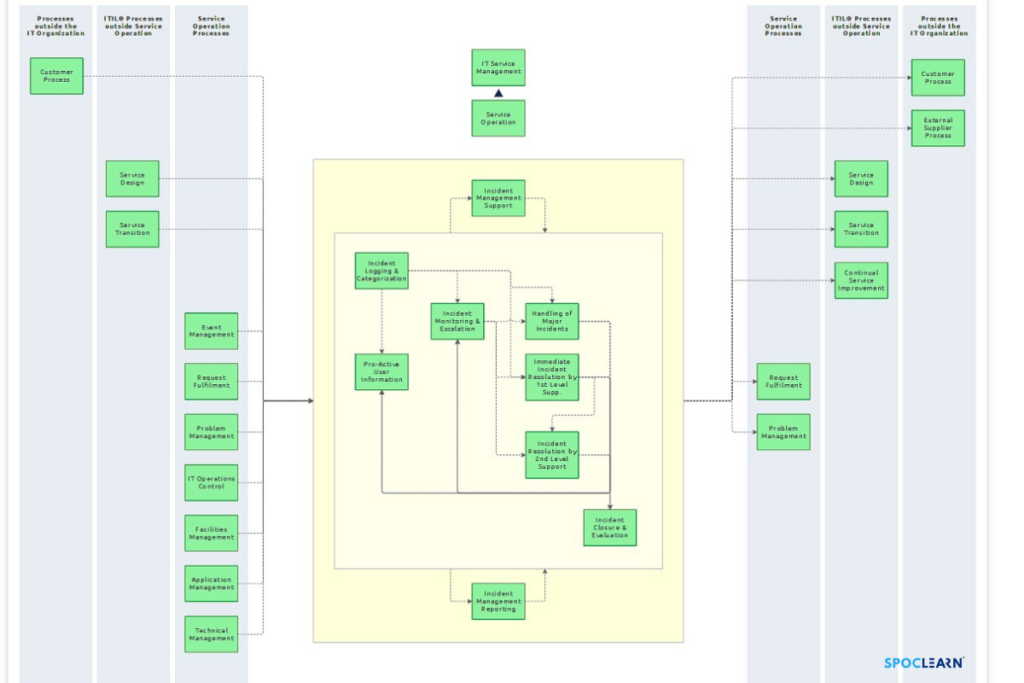
2. Managing Change with ITIL
Change Control is critical for maintaining stability during IT changes. With ITIL’s Change Control practice, organizations can ensure that changes are reviewed, approved, and implemented with minimal disruption to services. This practice is especially useful in environments where frequent updates and changes are necessary to remain competitive.
3. Problem Management to Prevent Recurring Issues
ITIL’s Problem Management practice focuses on identifying the root causes of incidents and finding permanent solutions to prevent recurrence. By addressing underlying issues, Problem Management enhances service reliability and reduces the likelihood of repeated incidents.
4. Service Request Management for Better User Support
Service Request Management allows organizations to handle user requests efficiently. ITIL provides guidelines for categorizing, tracking, and fulfilling requests, which improves response times and ensures that user needs are consistently met. This process is essential for maintaining a positive customer experience and streamlining IT support functions.
Benefits of ITIL for Organizations and IT Professionals
1. Organizational Benefits
- Increased Efficiency: Streamlined processes reduce waste and improve productivity.
- Cost Savings: Efficient processes lead to reduced costs associated with downtime and inefficiencies.
- Scalability: ITIL’s structured approach makes it easier to scale IT services as the organization grows.
- Enhanced Compliance: ITIL provides a framework for adhering to regulatory requirements.
2. Benefits for IT Professionals
- Career Advancement: ITIL certification enhances career prospects by demonstrating expertise in ITSM.
- Skill Development: ITIL equips professionals with valuable skills in areas like risk management, service delivery, and continual improvement.
- Industry Recognition: ITIL certification is widely recognized, making IT professionals more competitive in the job market.
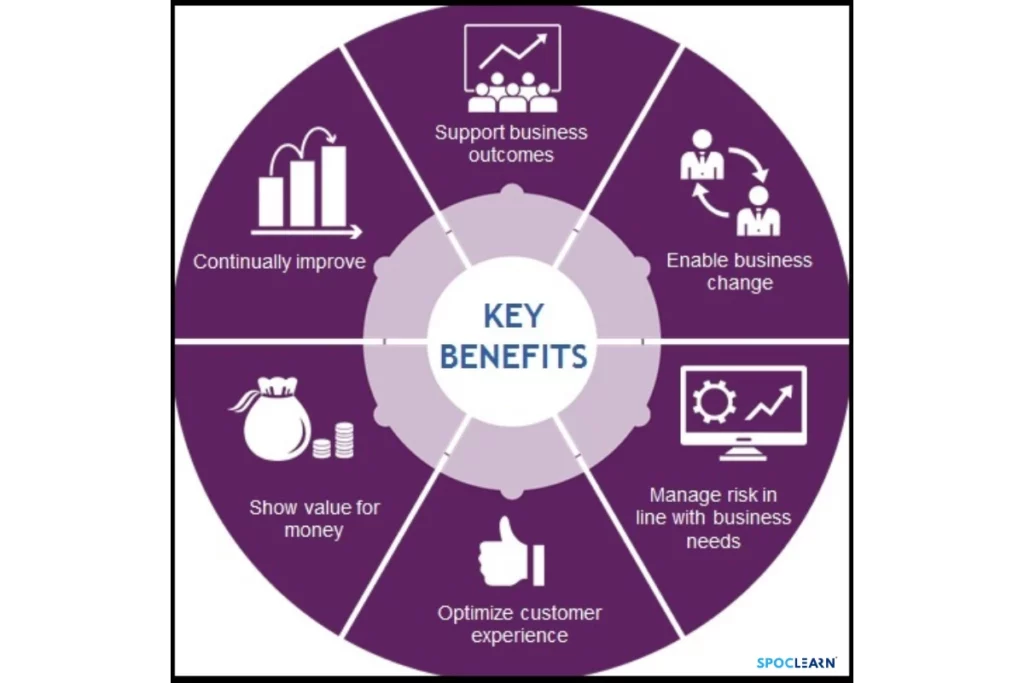
How to Get Started with ITIL
If you’re looking to implement ITIL in your organization or advance your career, consider the following steps to prepare for the ITIL Certification:
- Enroll in ITIL Training: Accredited training providers, such as PeopleCert, offer various ITIL certifications to help you build knowledge and expertise.
- Start with ITIL Foundation: The ITIL Foundation certification provides a comprehensive introduction to the framework and is the starting point for anyone interested in ITSM.
- Implement Key Practices: Focus on implementing core practices like Incident Management, Change Control, and Continual Improvement to start seeing the benefits of ITIL.
Conclusion: Why ITIL is Essential for Modern IT Service Management
ITIL provides a structured, comprehensive approach to IT service management that enhances service quality, aligns IT with business goals, and promotes continual improvement. By adopting ITIL, organizations can improve efficiency, reduce risks, and deliver exceptional service.
For IT professionals, ITIL offers a pathway to career growth and skill development in ITSM. Whether you’re an organization looking to optimize your IT services or an individual seeking to advance your career, ITIL is an invaluable tool for achieving your goals.
